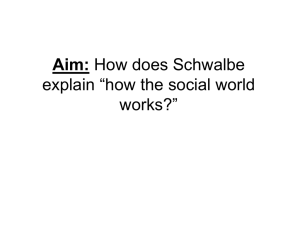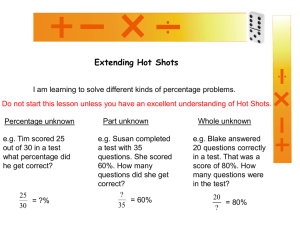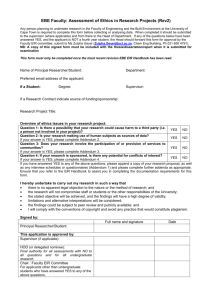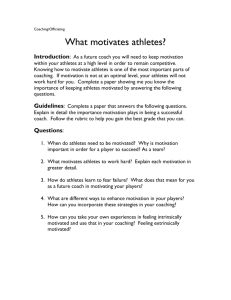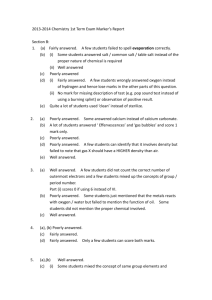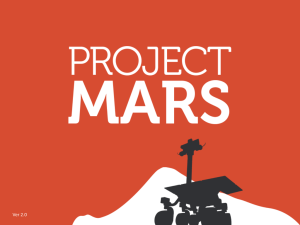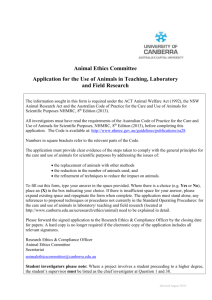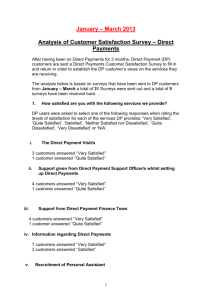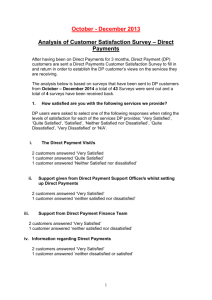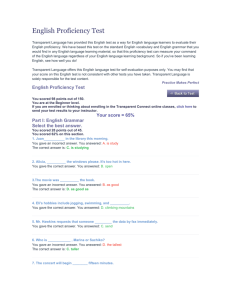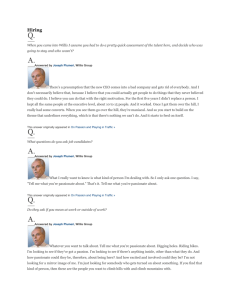Graduate Project Guidelines
advertisement
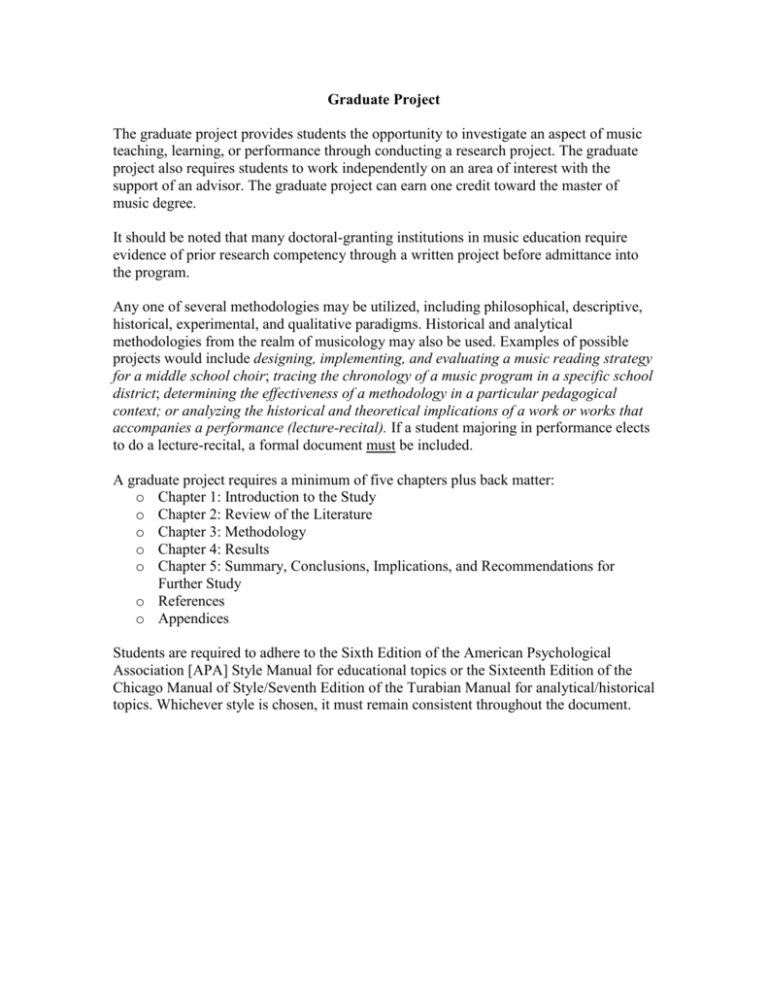
Graduate Project The graduate project provides students the opportunity to investigate an aspect of music teaching, learning, or performance through conducting a research project. The graduate project also requires students to work independently on an area of interest with the support of an advisor. The graduate project can earn one credit toward the master of music degree. It should be noted that many doctoral-granting institutions in music education require evidence of prior research competency through a written project before admittance into the program. Any one of several methodologies may be utilized, including philosophical, descriptive, historical, experimental, and qualitative paradigms. Historical and analytical methodologies from the realm of musicology may also be used. Examples of possible projects would include designing, implementing, and evaluating a music reading strategy for a middle school choir; tracing the chronology of a music program in a specific school district; determining the effectiveness of a methodology in a particular pedagogical context; or analyzing the historical and theoretical implications of a work or works that accompanies a performance (lecture-recital). If a student majoring in performance elects to do a lecture-recital, a formal document must be included. A graduate project requires a minimum of five chapters plus back matter: o Chapter 1: Introduction to the Study o Chapter 2: Review of the Literature o Chapter 3: Methodology o Chapter 4: Results o Chapter 5: Summary, Conclusions, Implications, and Recommendations for Further Study o References o Appendices Students are required to adhere to the Sixth Edition of the American Psychological Association [APA] Style Manual for educational topics or the Sixteenth Edition of the Chicago Manual of Style/Seventh Edition of the Turabian Manual for analytical/historical topics. Whichever style is chosen, it must remain consistent throughout the document. Components of a Research Report or Graduate project CHAPTER ONE – INTRODUCTION TO THE STUDY Statement of the Problem Questions to be Answered: 1. Does this study have a significant problem that needs to be investigated? 2. Is this problem addressed in Chapter 5? Purpose/Rationale/Need/Significance Questions to be Answered: 1. What was the purpose of this study? 2. Was the purpose of the study revisited in Chapter 5? 3. Is there a need for this study? Why? 4. What difference will this study make? Why is this topic important? Research Questions Questions to be Answered: 1. What are the key questions to be answered in this research? 2. Are the answers to these questions found in Chapter 5? Scope and Limitations Questions to be Answered: 1. What are the parameters of this study (what is the focus, and what related information will not be addressed)? 2. Are the limitations addressed in Chapter 5? Definition of Terms Questions to be Answered: 1. Are all definitions of key words addressed here – words included in all five chapters? 2. Have some words been redefined through the research process? Organization of Study Summary CHAPTER TWO – REVIEW OF THE LITERATURE Introduction Questions to be Answered: 1. How is the review of the literature organized? 2. How are the concepts related to each other? 2 Various Concept Headings (depending on topic) Questions to be Answered: 1. What have previous authors found as it relates to your topic? 2. What are the most important points being made by previous researchers? 3. Are there many authors saying the same thing? 4. Does the review of the literature show why you have a legitimate, significant problem/question? Summary CHAPTER THREE – METHODOLOGY Introduction Question to be Answered: 1. How is this chapter organized? Methodology Questions to be Answered: 1. How/why was the methodology selected? 2. What was the sequence of procedures? 3. How were the participants (if any) selected? 4. How were data collected? 5. What is the reliability and validity of the methodology? CHAPTER FOUR – RESULTS The results should appear in their entirety CHAPTER FIVE – SUMMARY, CONCLUSIONS, IMPLICATIONS, AND RECOMMENDATIONS FOR FURTHER STUDY Introduction Summary of Activities Question to be Answered: 1. Why and how did you conduct this study (in a nutshell) Conclusions Questions to be Answered: 1. What are the conclusions derived from the study? 2. Do your conclusions relate to your original research questions? Implications Questions to be Answered: 1. What difference will this study make and to whom? 2. Ask yourself this question: “so what?” 3 Recommendations for Further Study Questions to be Answered: 1. What questions were generated as a result of this study? 2. What additional research could or should be done? Summary REFERENCES Questions to be Answered: 1. Are your references current? 2. Are your references complete? (all references noted in the body of the paper must be cited, but no additional references may be included) 3. Are the references in proper APA or Chicago/Turabian style? APPENDICES Questions to be Answered: 1. Have you included everything so that another researcher could follow what you have done (so they could replicate the study)? 2. Should this information be here or in the main body of the paper? Why? 4


